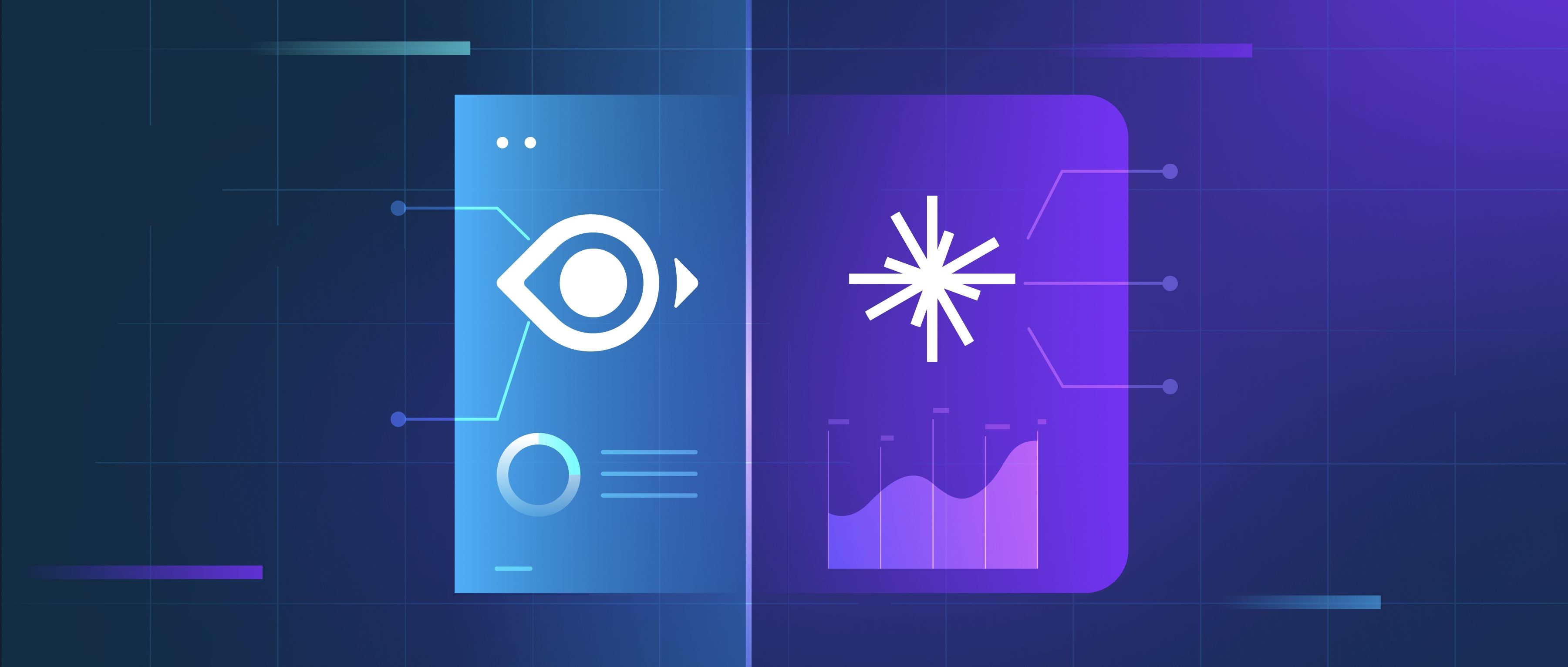Sample efficiency in reinforcement learning (RL) refers to how effectively an algorithm learns from a limited number of experiences or interactions with the environment. In simpler terms, it measures how much useful information the algorithm can extract from each piece of data it collects while trying to solve a task. A high sample efficiency means that the algorithm requires fewer interactions with the environment to learn a policy that performs well, while a low sample efficiency means it needs many more interactions, which can be costly and time-consuming.
For example, consider a robot learning to navigate through a maze. If the robot has high sample efficiency, it might learn the optimal path after only a few attempts at navigating the maze, using the outcomes of those attempts to improve its strategy. On the contrary, a robot with low sample efficiency might need hundreds or thousands of attempts to learn the same path, leading to longer training times and increased resource consumption. This difference can significantly impact practical applications, such as robotics or gaming, where obtaining data might be expensive or time-consuming.
Improving sample efficiency is crucial for practical reinforcement learning applications. Techniques such as experience replay, where previously collected experiences are stored and reused for training, or employing model-based approaches, which create a model of the environment to simulate actions, can help enhance sample efficiency. Additionally, using transfer learning, where knowledge gained from one task is applied to another similar task, can also contribute positively to improving sample efficiency. These approaches help developers reduce the amount of time and data needed for training while still achieving high performance in their RL tasks.
